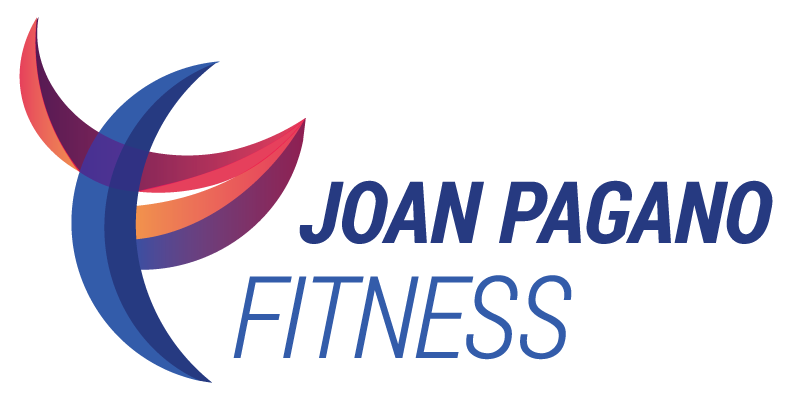A Balancing Act
Years ago there was an ad on TV that showed a woman putting on panty hose while standing up. My mother asked me then if I could do that and at the time, I could.Now, however, when I try to wiggle into leggings and tights while balancing, it's a real challenge!Our ability to balance peaks around age 20 and normally stays excellent through our early 40s.From the mid-40s to early 70s, balance starts to deteriorate.The changes are so subtle that most women are not aware of them.
After the mid-70s, loss of balance begins to affect our quality of life.In the U.S., falls are the leading cause of injury for people over age 65.In fact:
25% of older people who fall and fracture a hip die within a year.
80% have severe mobility problems causing a sudden loss of independence.
Balance is controlled by the brain's cerebellum, which is responsible for movement and coordination.It's a complicated function involving vision, muscle strength, proprioception and attention.With age, these elements deteriorate.
What are some of the risk factors for falling?
Muscle weakness: balancing is directly related to the strength of our ankles, knees and hips
Muscle tightness and loss of agility
Arthritis of the knees (related to lack of joint mobility)
Previous falls
Age-related sensory changes, like slower reaction time, reduced vision
Changes in spinal alignment and center of gravity, e.g. bent-over posture of osteoporosis
Medications, e.g. for hypertension which can cause postural hypotension and dizziness
However, while certain declines with age are unavoidable, studies show that much of the sense of balance can be preserved and even restored through exercises that require no special equipment or training.
Test your balance:
Stork stance on one leg, eyes open, eyes closed
Tandem stance, on both legs as if on a tight rope, eyes open, eyes closed
Weight shift: do a squat (weight back on your heels) followed by a calf raise (lifting up on the balls of your feet)
Easy ways to improve balance in daily life:
Stand on one leg while brushing teeth
"Subway surfing" – hold onto hand rails very lightly or not at all
Walk on different surfaces – unstable ones make the muscles work harder
Strengthen hips while standing at the kitchen sink
Strengthen ankles, stretch and practice weight shift, also at the kitchen sink

